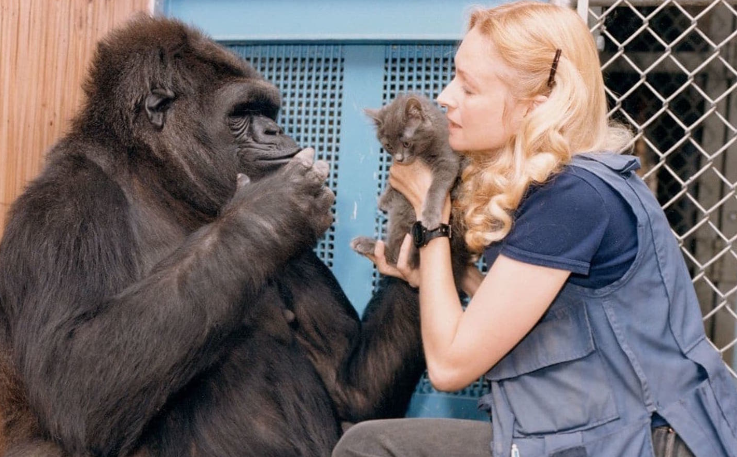Gorilla Emotions: Happiness
Gorillas are often perceived as fierce and powerful creatures, but beneath that tough exterior lies a complex emotional world. Understanding the happiness of gorillas is not only fascinating but also essential in advancing wildlife conservation efforts. Learning about their emotional lives can deepen our connection to these amazing animals and inspire us to protect their habitats.
The Joy of Social Bonds
Gorillas are highly social animals that thrive on strong relationships within their groups. They often exhibit signs of happiness when they engage in grooming or playful activities, which strengthens their emotional connections. This social interaction is crucial, as it fosters a sense of community and belonging. When gorillas are happy, they display behaviors such as playful wrestling, gentle hugs, and vocalizations that can be heard in the wild. These moments of joy not only enhance their well-being but also promote mental health, illustrating the importance of social bonds in the animal kingdom.
Physical Playfulness as an Expression of Happiness
Physical play is a vital aspect of a gorilla’s life, showcasing their happiness in various ways. Young gorillas, in particular, are often observed climbing, tumbling, and wrestling with their peers. These playful interactions are essential for their physical development and teach them essential social skills. Adult gorillas also engage in play, which demonstrates that happiness transcends age. Research has shown that playful behaviors indicate a healthy emotional state, emphasizing the need for environments where gorillas can play freely both in the wild and in captivity.
The Impact of Environment on Gorilla Happiness
The environment plays a significant role in a gorilla’s happiness. In the wild, gorillas thrive in lush, expansive habitats that provide them with ample food and space to roam. However, in captivity, their emotional health can be compromised due to limited living conditions. Providing enrichment activities, such as puzzle feeders or climbing structures, can simulate natural behaviors and enhance their well-being. Understanding the factors that contribute to gorilla happiness is crucial for zoos and conservationists as they work to create environments that nurture these majestic beings.
In conclusion, understanding gorilla happiness offers valuable insights into the emotional lives of these gentle giants. From their social bonding to their playful nature and the impact of their environment, gorillas demonstrate a wide range of emotions that are crucial for their overall well-being. By learning more about these fascinating creatures, we can foster a deeper appreciation for them and advocate for their conservation. Let’s continue to explore the emotional lives of gorillas and work together to ensure their happiness in the wild and in captivity.

